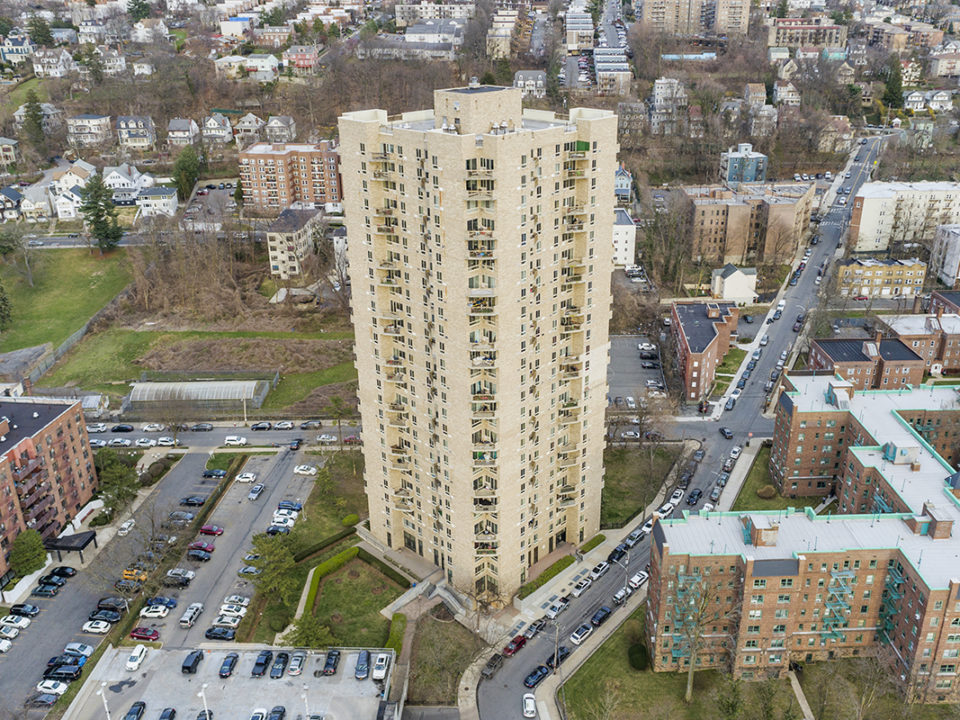
LaserClean Restoration After 4-Alarm Fire
June 24, 2020Go Green: Laser Cleaning Technology Can Transform Restoration Projects With No Environmental Impact
By Ron Fanish | Tuesday, July 5, 2022
Restoration projects can be incredibly rewarding for construction professionals and their clients. They are opportunities to bring new life to neglected structures or interiors, or to erase the scars of fire or flood.
But restoration projects can also be incredibly difficult. For years, industrial-scale surface cleaning technology has been somewhat primitive. When removing rust or paint, restoring antique stone facades, degreasing machinery or conducting any other kind of surface cleaning, construction professionals have usually had to rely on crude approaches: sandblasting, water-jetting, soda blasting and ice blasting. While these techniques can be effective, they also consume many resources. They also generate substantial waste. Traditional techniques can harm the surrounding environment and, potentially, harm workers. And they require a lot of time. Fortunately, there is an alternative to these traditional surface cleaning techniques that construction professionals can employ for their next project: laser cleaning technology. Below, are four facts about laser cleaning technology, and why contractors should consider it for their next project.1. LASER CLEANING IS A FOUR-STEP PROCESS
The first step is infusion: pulses of infrared light permeate the grit, grime and other matter that has built up on the surface being cleaning. The second step is absorption: The matter being cleaning absorbs the laser’s energy and heats up, but the substrate (i.e. the material beneath) remains cool. The third step is separation: The temperature difference between the matter and the substrate material causes the two to separate. The fourth and final step is the most satisfying: dissolution: During dissolution, the target matter either evaporates completely or transforms into dust that is easily vacuumed up.
2. LASER CLEANING IS GREENER AND SAFER
Traditional cleaning methods often require harsh chemical solvents or blast materials. Laser cleaning eliminates those entirely. Indeed, there often isn’t even residue remaining after the cleaning—the targeted matter evaporates completely. This means there are no airborne particles that would otherwise require time-intensive inspections and clean-ups. This also provides increased safety—there are no projectiles like sand, glass beads or dry ice pellets that can strike or be inhaled by workers.
3. LASER CLEANING CAN SAVE CONTRACTORS MONEY
Since laser cleaning is so efficient and effective, it often means lower costs. There is far less prep time required when compared to traditional cleaning methods. Also, there’s typically little or no costs associated with disposal—and less maintenance required when compared to traditional, bulkier systems. And because the laser is digitally controlled, the process can be automated, which means labor costs can be minimized as well.
4. LASER CLEANING IS PRECISE AND VERSATILE
One problem construction professionals frequently face when conducting a restoration is collateral damage—that is, damaging the original materials, or compromising a desirable patina, in the cleaning process. Laser cleaning eliminates that issue. Its digital controls and exacting parameters allow users to calibrate and clean down to the nanometer level. This means contractors can easily retain patinas, keep industrial parts intact and restore even the most delicate carvings. This precision is also coupled with versatility. The laser can be used on everything from metals like steel, copper, and aluminum, to various masonry like marble and bricks, as well as surfaces like wood, concrete, and sheetrock.
As contractors undertake their next surface cleaning project, consider taking advantage of what laser cleaning technology offers. Its benefits are numerous, from safety and cost reduction to precision and versatility. And it is being used by more and more professionals every day—not just in construction, but also in manufacturing, aerospace, military and transportation. Whether contractors are removing rust or paint, or refurbishing an entire aircraft, laser cleaning technology can help.


